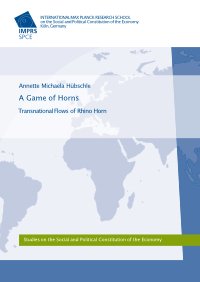By Emma Witbooi, Kamal-Deen Ali and Mas Achmad Santosa
Organised crime in the fisheries sector is an often-overlooked barrier to securing a sustainable ocean economy, despite threatening coastal states’ food security, fostering human rights abuses and diverting government revenue to the shadow blue economy. This Blue Paper spotlights the problem and draws from current promising practices for addressing organised crime in the fisheries sector to present practical opportunities for action—globally, regionally and nationally. One of the key challenges in this space is the development of a joint understanding of the problem at hand—shedding light on the pervasive impact of this shadow industry. We feel this Blue Paper provides a solid foundation of experience and best practice that can be used to develop solutions to be implemented immediately in conjunction with sustainable fisheries management strategies.
Washington, DC: World Resource Institute, 2022. 38p.





















